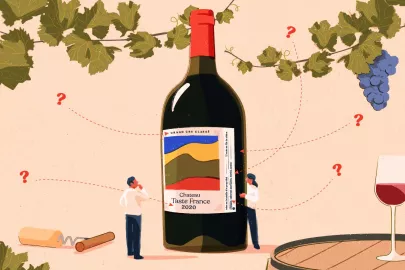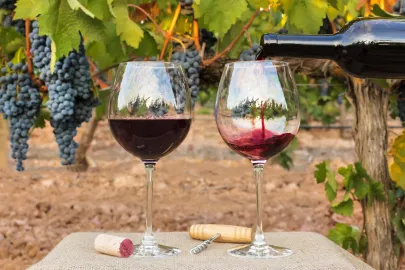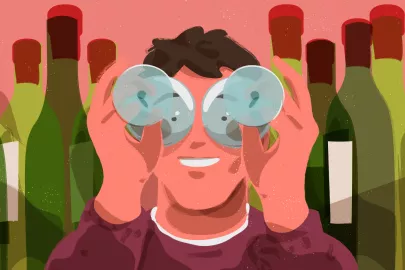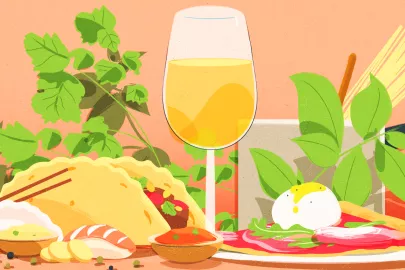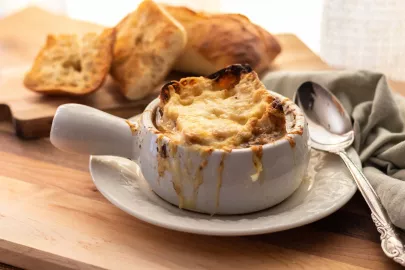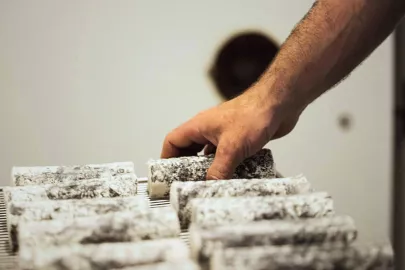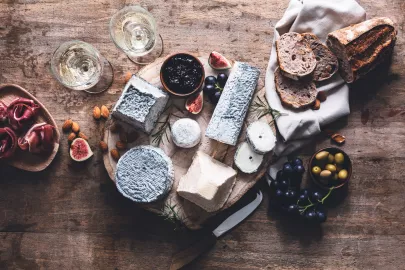“The world of wine”. It would be just as appropriate to speak of the “worlds” of wine, considering the diversity of viticultural approaches that coexist in France and around the world: conventional versus organic or “natural”, industrial versus artisanal… and more recently, technological versus manual. Today, in the vineyard, the gap between these last two key trends is widening.

Secateurs or pruning machine? Human pickers or harvesting machine? Horse or tractor? I remember one winegrower who claimed that leading a plow behind his horse, with his feet in the soil, gave him a superior knowledge of his soils than when perched on the seat of his tractor… Inspired by the same philosophy, he and his “colleagues” are actively working to develop an extremely strong complicity and relationship with each one of their parcels; almost, indeed, with each individual vine.
And the way they see it, this is impossible without direct contact with them.
Consider, for example, the task of pruning vines in winter: Because each rootstock is unique, this operation needs to be tailored to the precise characteristics of the plant; to its strength and its grape-bearing ability. This is not a skill possessed by any machine.
The same is true of harvesting. For a variety of reasons – the weight of the machine, which compacts the soil and can destabilize the vines, the intentional emphasis on human eyes and hands, and so on – it would be unthinkable to entrust this task to a machine. In the cellar, these winemakers operate in the same spirit, using as little technology as possible, and in some cases doing no more than monitoring vat temperatures.They aren’t exactly avid readers of those professional catalogs extolling the merits of such and such an item of cutting-edge viticultural or oenological equipment.
At the same time, another viticultural sector is engaged in a sort of “arms race” towards less arduous work and/or faster task execution. Pruning machines; GPS-guided straddle robots for weeding between vines; vine surveillance drones for purposes such as preventing disease; a robot – yes, another one! – moving autonomously through the vines to collect a wealth of information, such as nitrogen and humidity levels; harvesting machines performing optical sorting and with grape maturity measurement instruments; smart presses, and so on; the new innovations featured at specialist trade fairs every year number in their dozens.
This is not to question some of their virtues, but simply to note that such high-tech viticulture is far from the traditional, poetic image of the winegrower lovingly tending their soil, their vines and their grapes. However, it may be a little hasty to claim that the wines resulting from this state-of-the-art approach must necessarily be of lower quality.
So, what do you think?
Contributor

Editor

